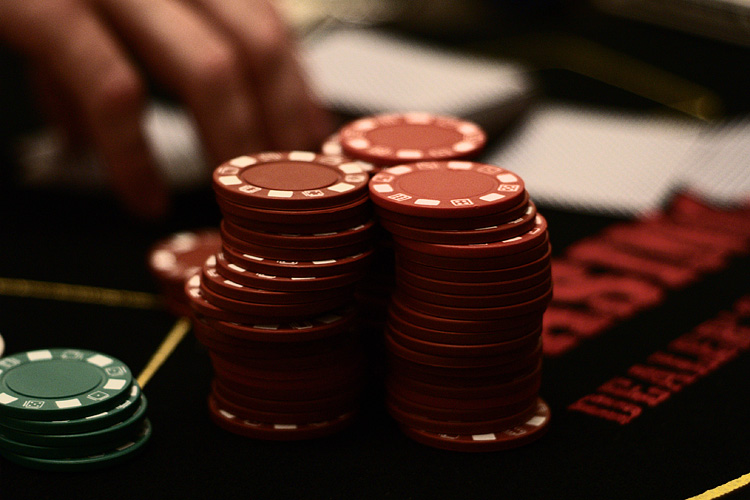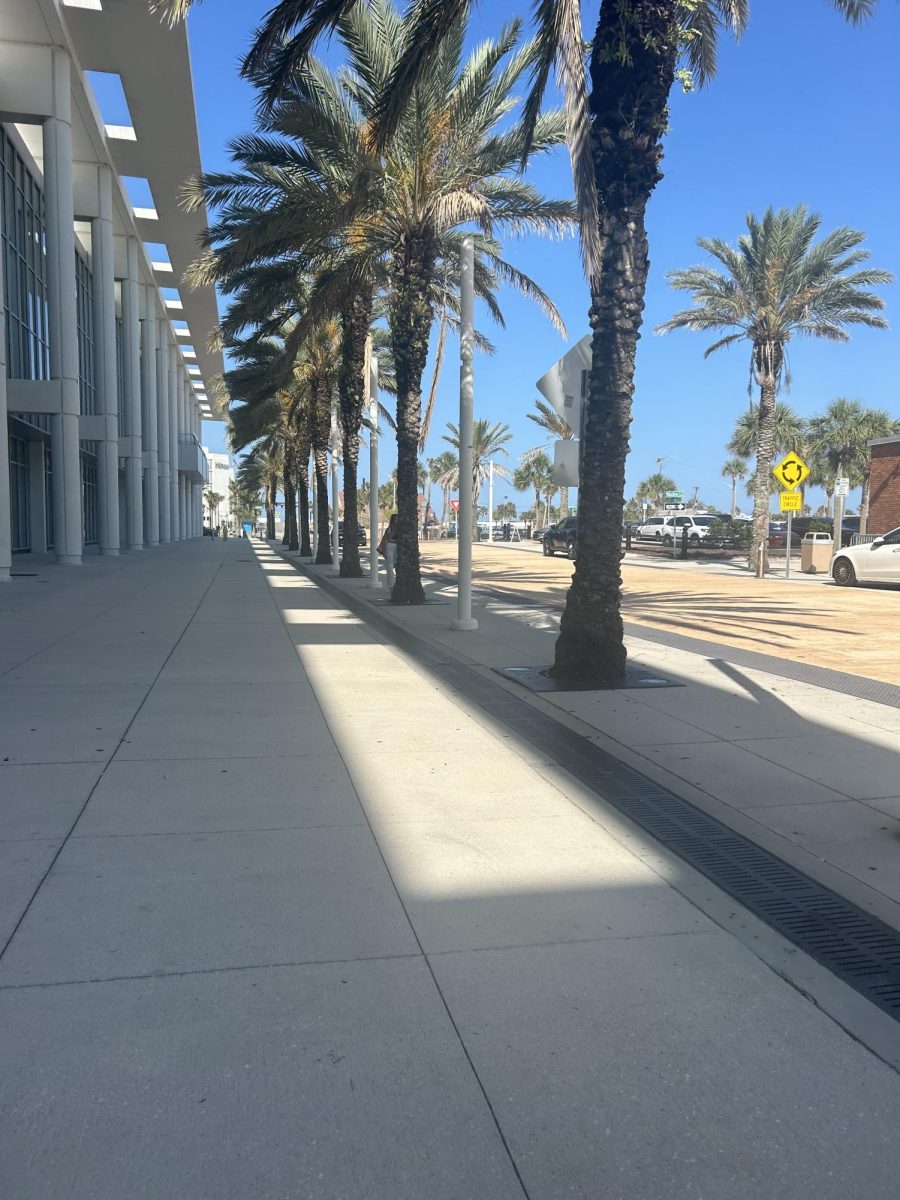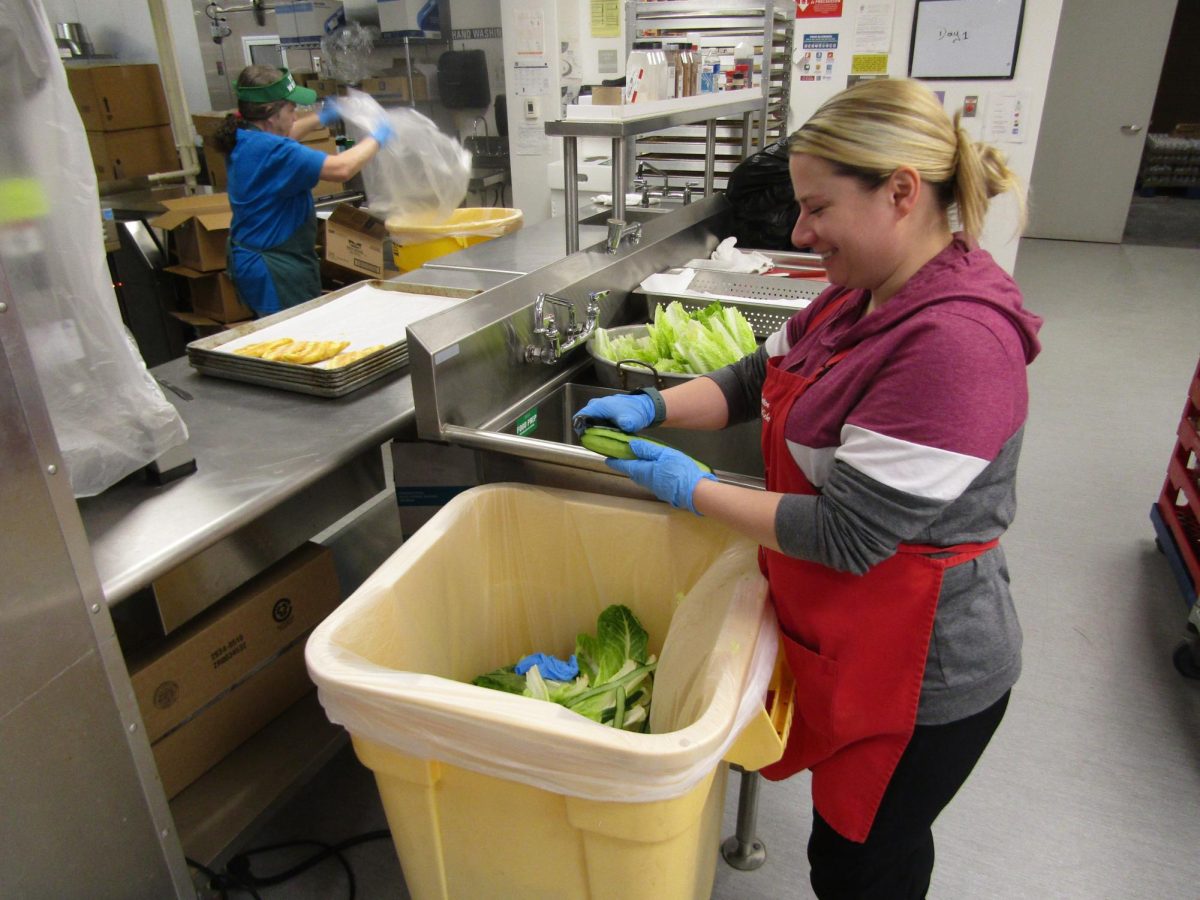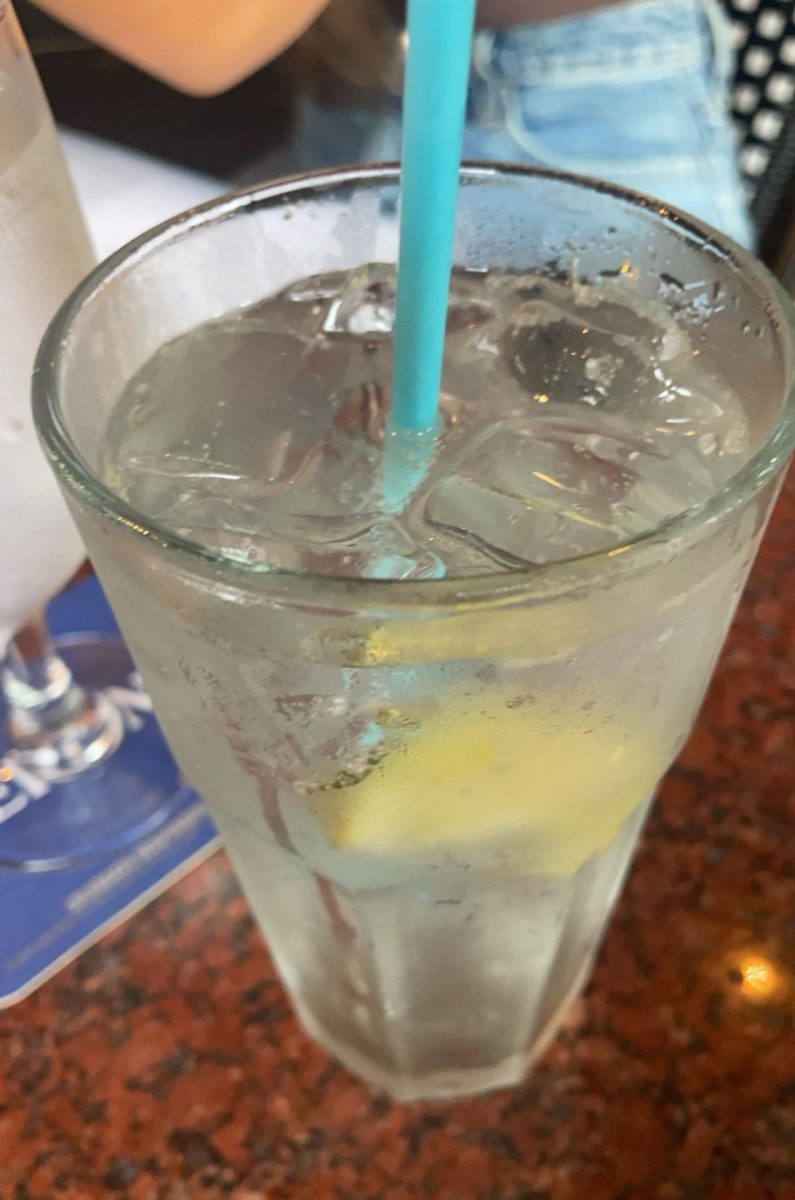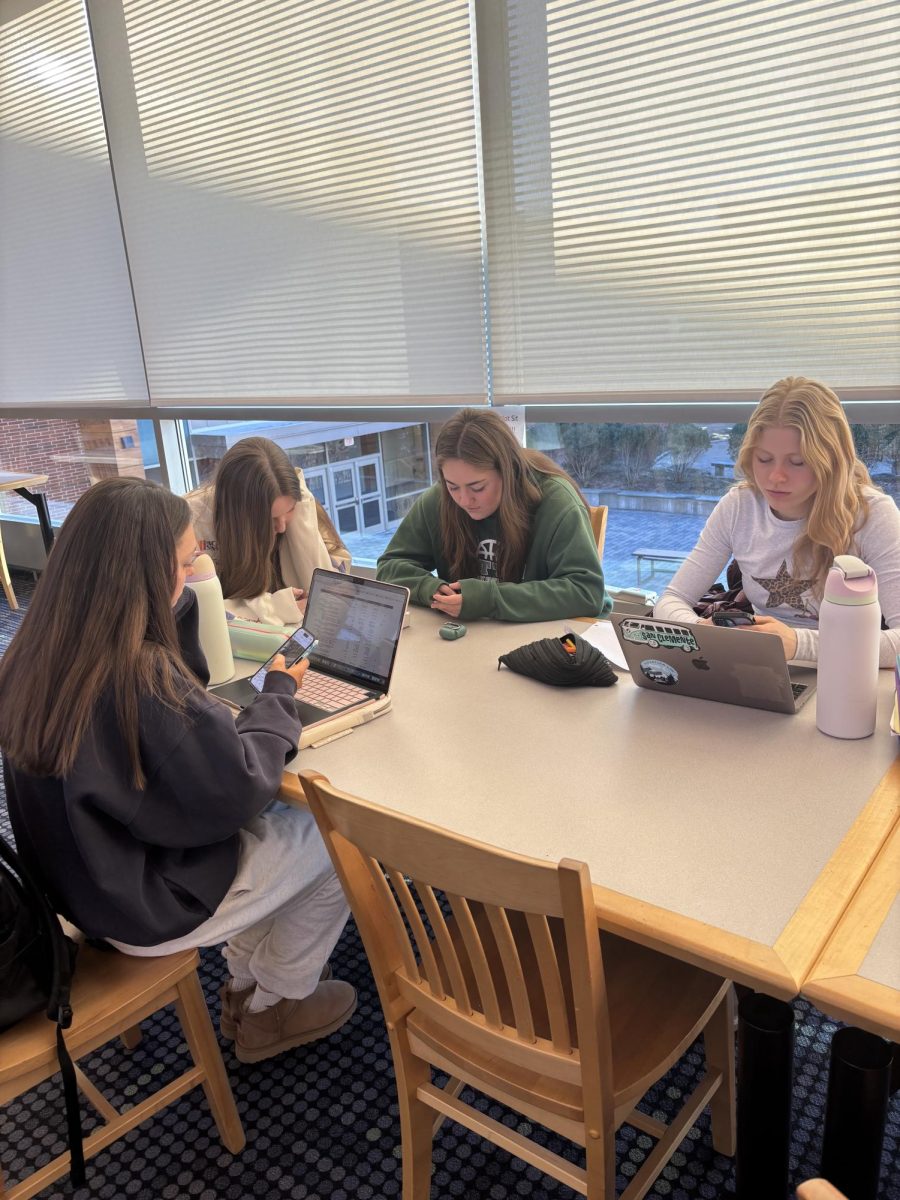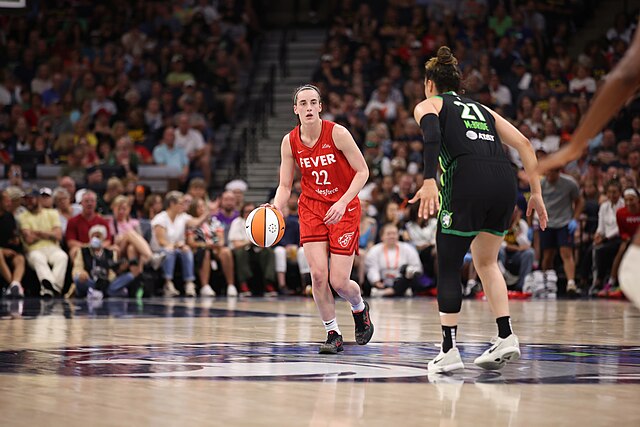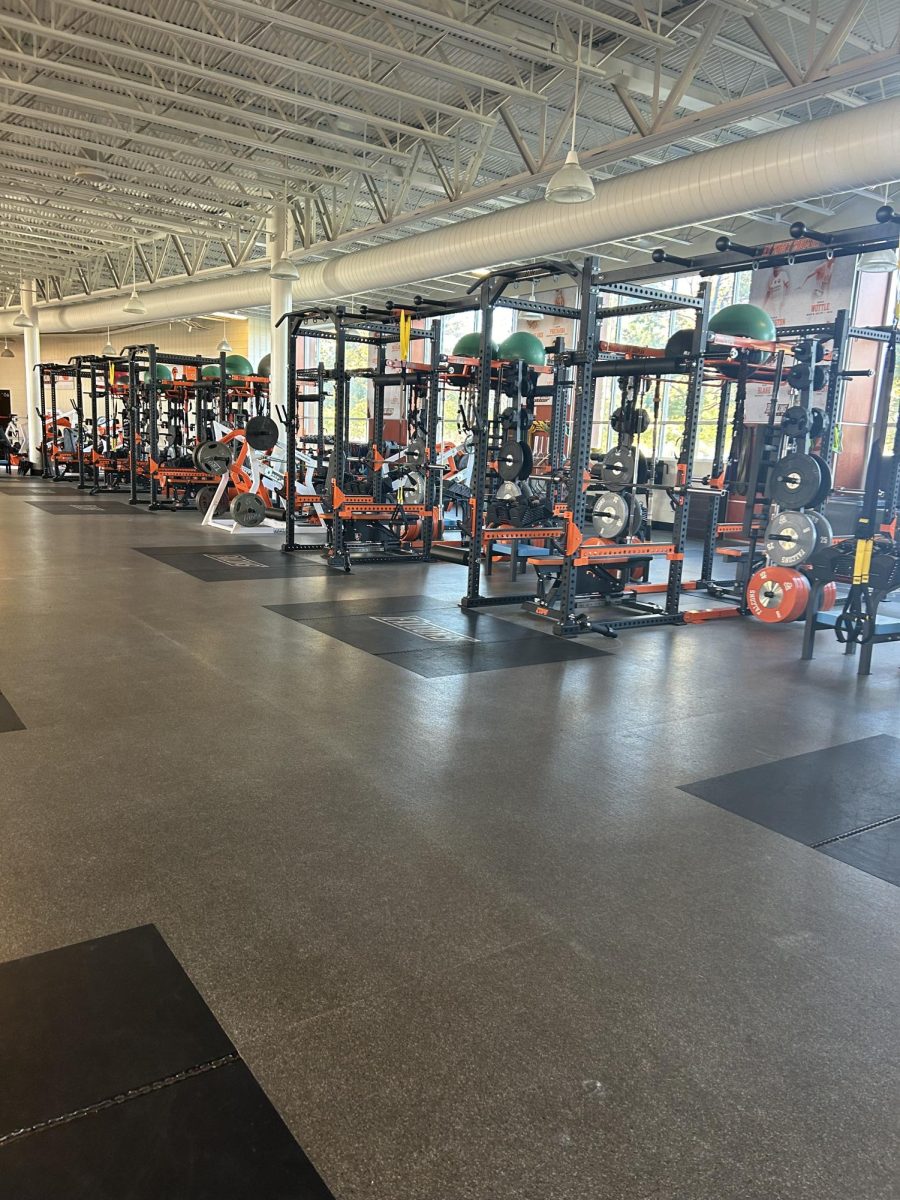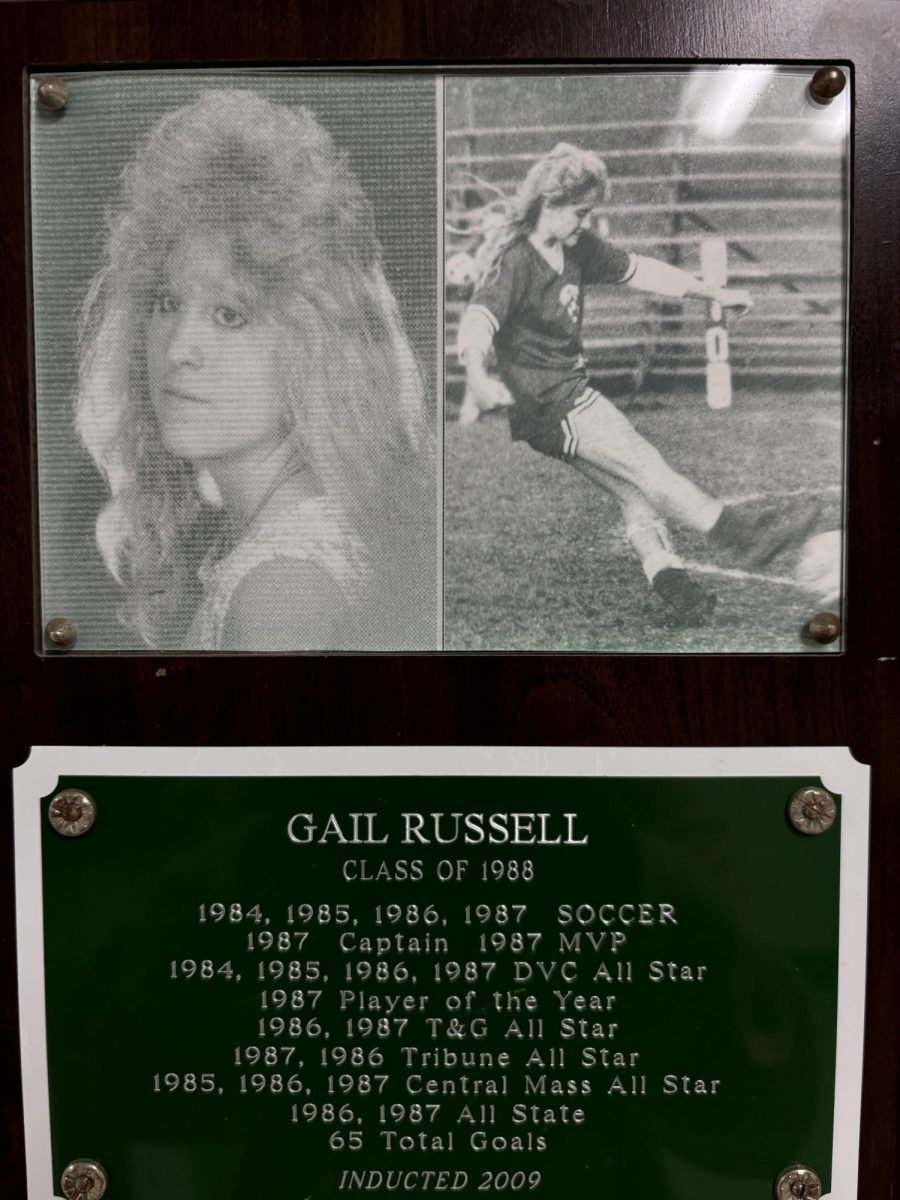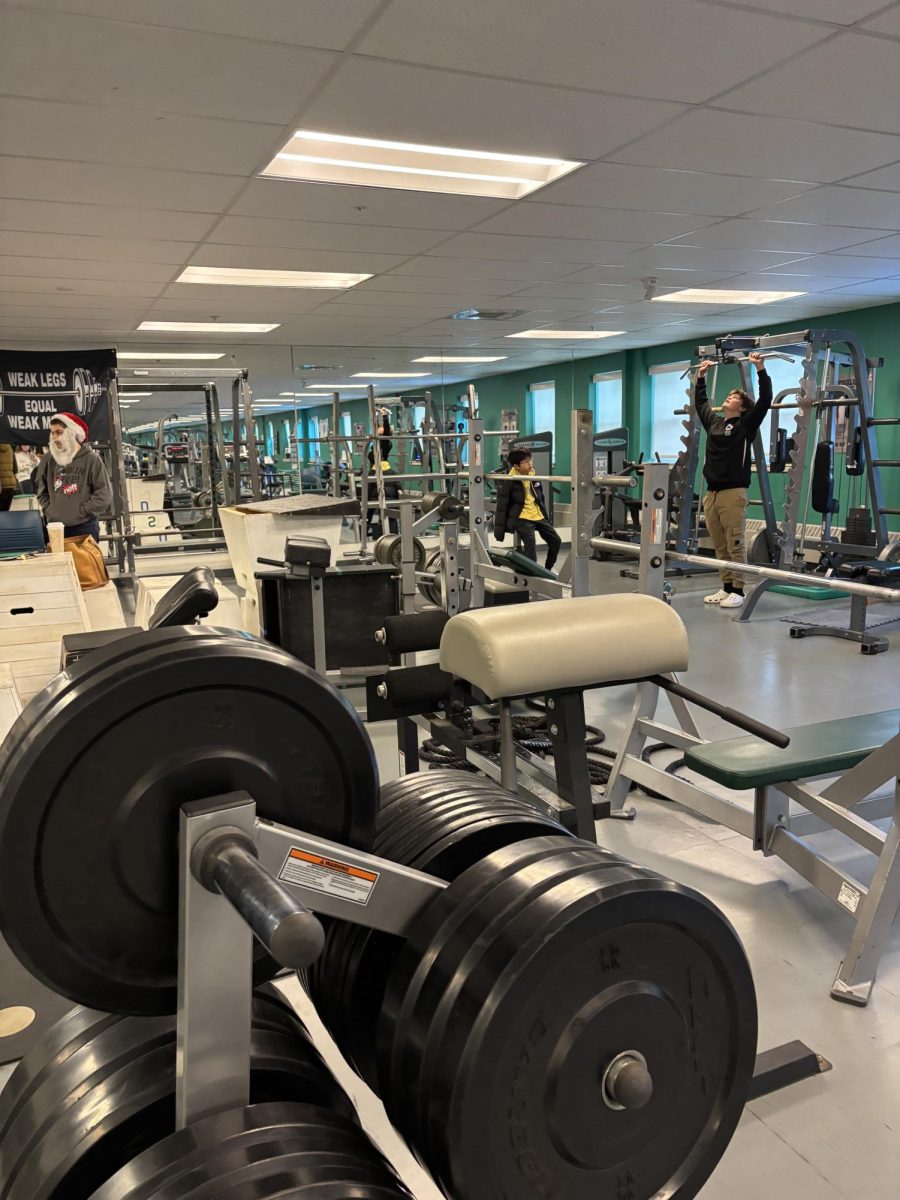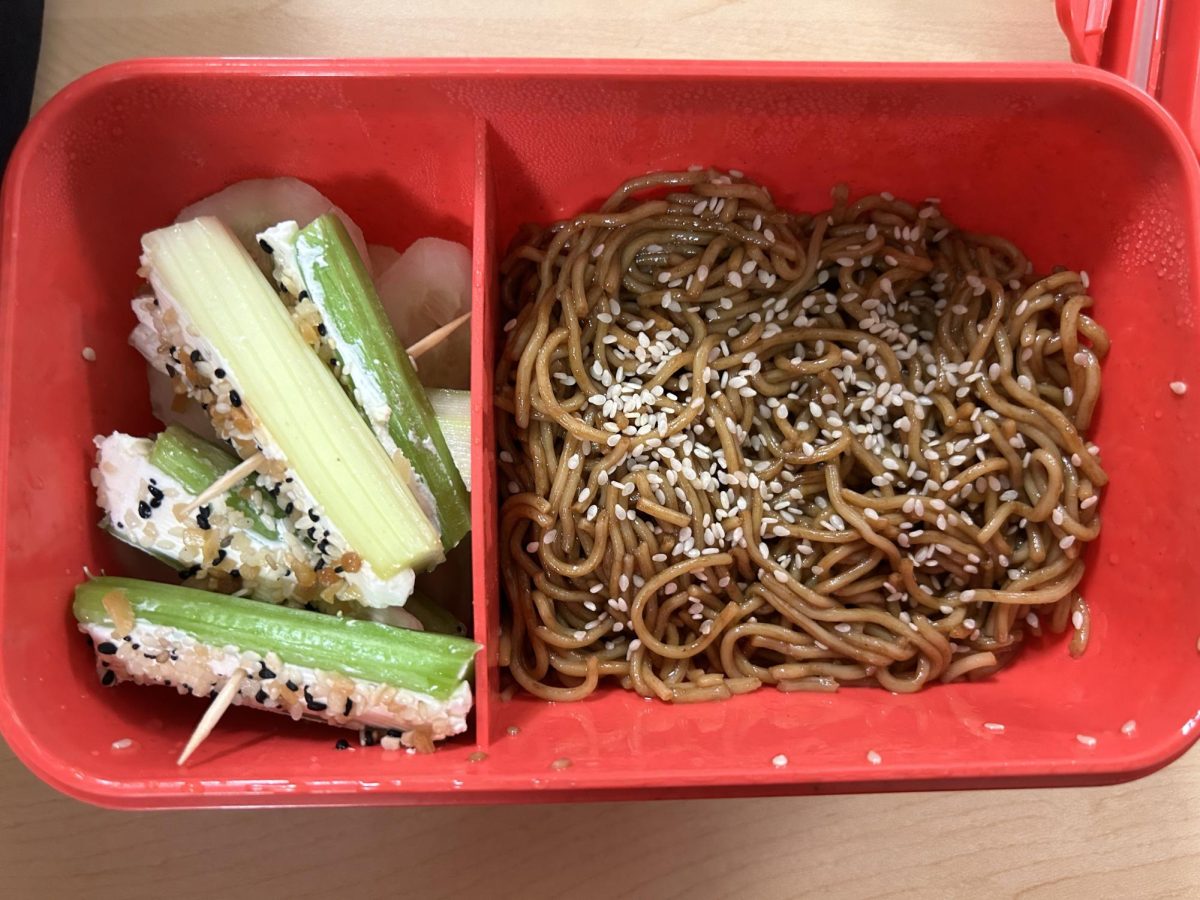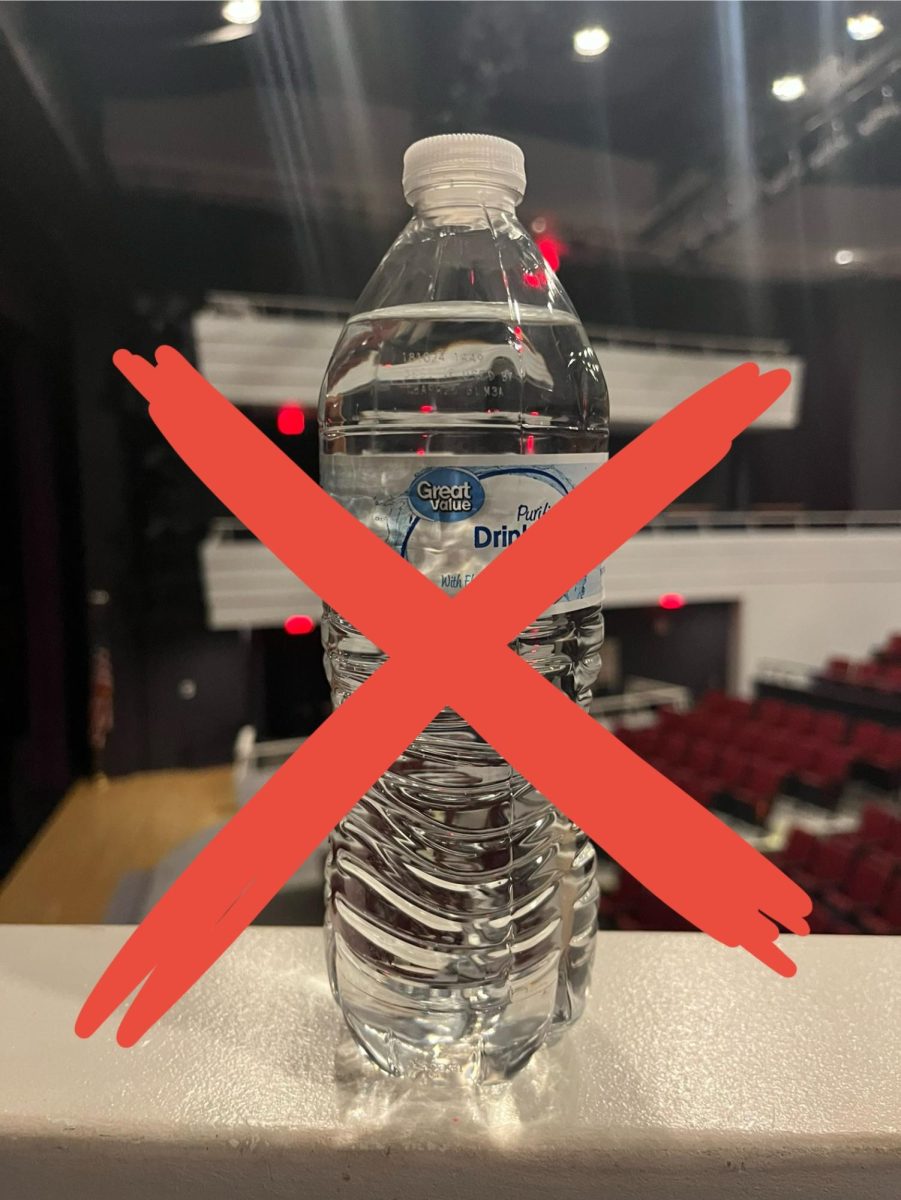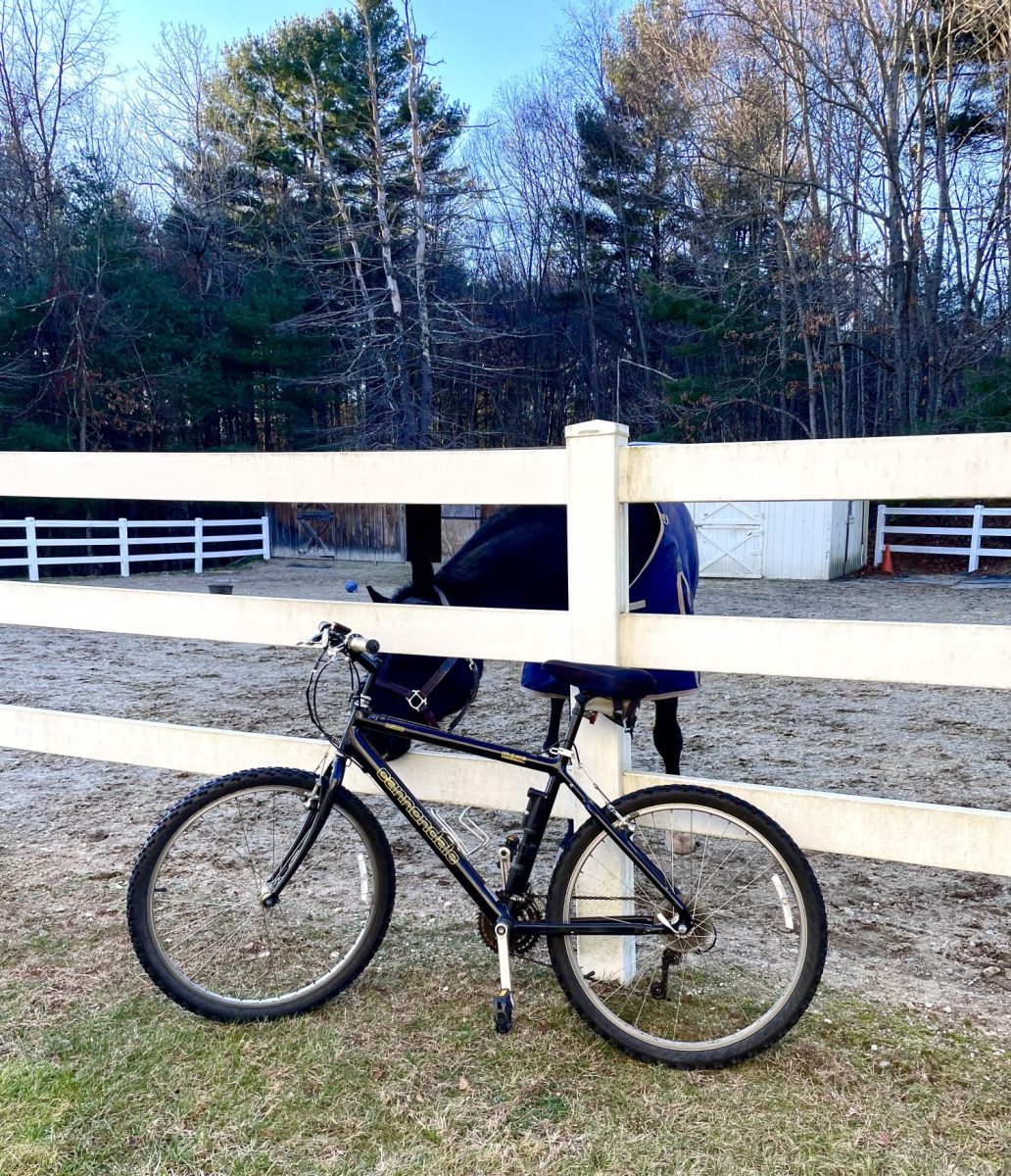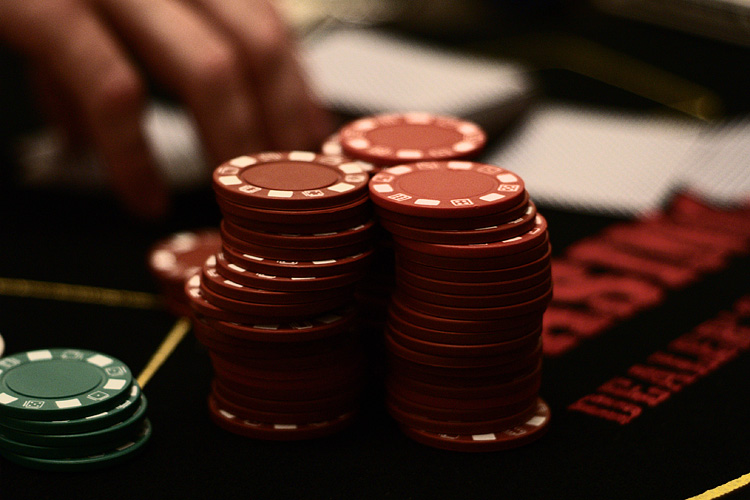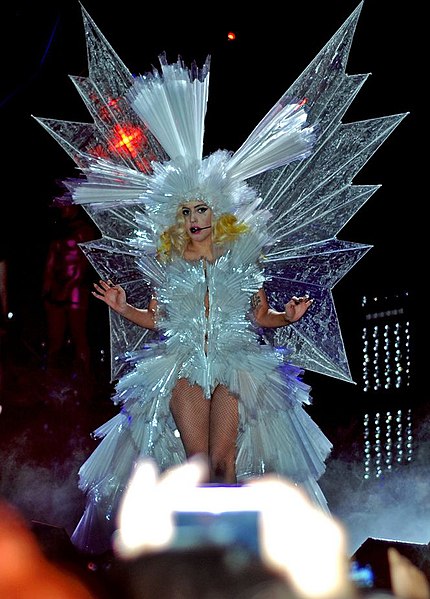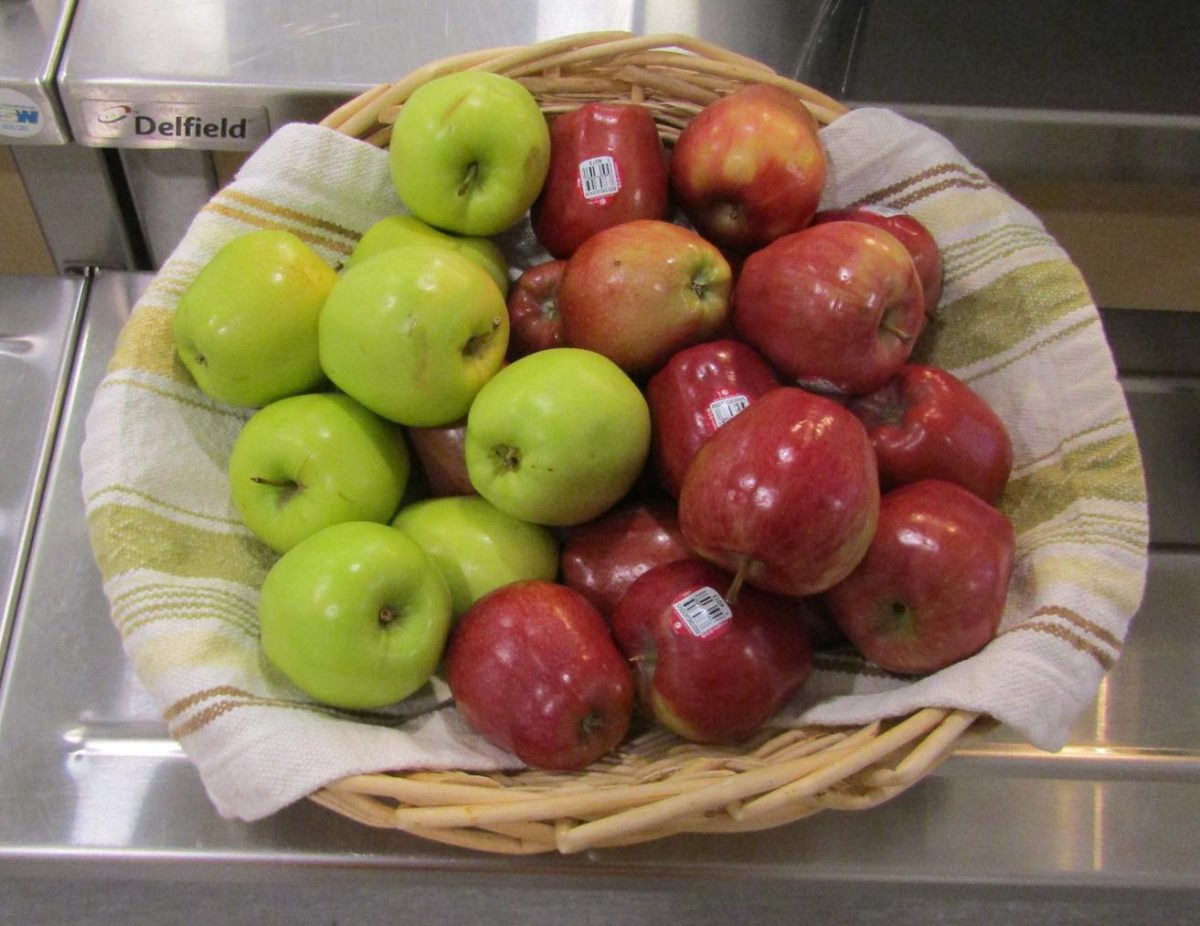In a world of creativity and artistic expression, the art industry has long been admired for its masterpieces. Yet, behind the canvas lies a lesser-known issue: the negative environmental footprint left by the materials artists use to create art. From paints to brushes and canvases, the ecological impact of art supplies is a problem that demands attention and action.
Oil and Acrylic Paint
From Da Vinci to today’s modern artists, oil paints have been a favorite for centuries. However, their production involves a concoction of toxic chemicals, including heavy metals and solvents. Not only do these materials pose health risks to artists themselves, but improper disposal can contaminate soil and water sources, causing extreme, long term environmental harm.
Acrylic paints are not exempt from environmental concerns either. While less toxic to the user than oil paints, they still contain plastic polymers (acrylic polymer), so their disposal contributes to the growing plastic pollution crisis, clogging landfills and threatening wildlife.
Brush Bristles
While brushes and canvases seem harmless, their environmental impact stretches beyond their apparent simplicity. Synthetic brush fibers, usually made from plastics like nylon or polyester, contribute to microplastic pollution which they shed during use and cleaning. On top of that, canvases crafted from cotton or linen involve extensive water consumption and pesticide use in their cultivation.
Sustainable Artistry
A growing number of artists and manufacturers are embracing eco-friendly alternatives. Water-based paints, such as watercolors and gouache, offer a safer option with reduced toxicity and easier disposal. Additionally, natural brushes made from materials like bamboo, sustainably sourced wood, or even fur shed provide alternatives to synthetic bristles.
Furthermore, some companies are creating recycled, biodegradable canvases and writing utensils, (like the corn pen) and aiming to minimize the environmental impact of these foundational art supplies. Reclaimed materials like paper, cardboard, or even repurposed textiles are gaining traction as viable surfaces for artistic expression.
Artist Responsibility
Artists play a pivotal role in sustainability. Many are taking proactive steps to improve the issue, not just in their choice of materials but also in their creative process. Some are reusing and upcycling materials found in thrift stores or even their own old items, turning them into mediums for artistic expression. Others are educating various audiences about eco-friendly practices and the importance of mindful, eco friendly consumption.
The canvas of art supplies’ impact on the environment is intricate, including a variety of materials and practices. By promoting conscientious creativity and embracing sustainable alternatives, artists can paint a brighter, greener future for the world of art.
In the growing landscape of artistic expression, the colors that spark our imagination do not need to come at the cost of the planet. Through education and collective action, artists can create materials and practices that mix creativity with environmental protection.
Artists Network. “How to Be an Eco-Friendly Artist.” Artists Network, 21 Dec. 2022, www.artistsnetwork.com/art-business/how-to-be-an-eco-friendly-artist/?source=post_page—–76d5d9d8089e——————————–.
Jyotsna. “Art or Environment-What Matters to You the Most?” Lost in Colours, 15 Mar. 2021, www.lostincolours.com/art-or-environment-what-matters-to-you-the-most/.
Webadmin. “Going Green: Environmentally Friendly Studio Practices for Artists.” Advice for Artists – AGI Fine Art – Advice Blog, 16 Feb. 2023, agifineart.com/advice/going-green-environmentally-friendly-studio-practices-artists/#:~:text=Oil%20paints%2C%20mineral%20spirits%2C%20turpentine,yellow%20pigments%20are%20particularly%20volatile.
“How to Shop Eco-Friendly Art Supplies: Luxiders Magazine.” Sustainable Fashion – Eco Design – Healthy Lifestyle – Luxiders Magazine, 16 Dec. 2020, luxiders.com/shop-eco-friendly-art-supplies/.





